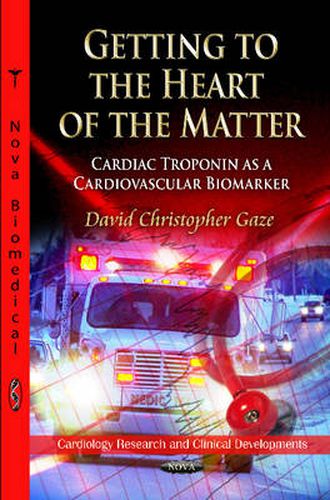Readings Newsletter
Become a Readings Member to make your shopping experience even easier.
Sign in or sign up for free!
You’re not far away from qualifying for FREE standard shipping within Australia
You’ve qualified for FREE standard shipping within Australia
The cart is loading…






Cardiac troponins T and I (cTnT, cTnI) measured by immunoassay have become the mainstay of clinical chemistry laboratories offering rapid testing for emergency physicians and cardiologists who deal with patients with chest pain. The extensive evidence for their diagnostic and prognostic role has resulted in the redefinition of acute myocardial infarction (AMI). The acute coronary syndrome which includes AMI and unstable angina is a disease continuum rather than distinct separate entities. The use of cardiac troponins has had major impact on the management of the chest pain patient. This book presents current research on the analytical and clinical aspects of using cardiac troponin and is aimed at practising physicians, clinical and basic scientists and for the next generation of medical students who are taught about these markers in isolation without a deep seated knowledge of their development, clinical use and more importantly, pitfalls.
$9.00 standard shipping within Australia
FREE standard shipping within Australia for orders over $100.00
Express & International shipping calculated at checkout
Cardiac troponins T and I (cTnT, cTnI) measured by immunoassay have become the mainstay of clinical chemistry laboratories offering rapid testing for emergency physicians and cardiologists who deal with patients with chest pain. The extensive evidence for their diagnostic and prognostic role has resulted in the redefinition of acute myocardial infarction (AMI). The acute coronary syndrome which includes AMI and unstable angina is a disease continuum rather than distinct separate entities. The use of cardiac troponins has had major impact on the management of the chest pain patient. This book presents current research on the analytical and clinical aspects of using cardiac troponin and is aimed at practising physicians, clinical and basic scientists and for the next generation of medical students who are taught about these markers in isolation without a deep seated knowledge of their development, clinical use and more importantly, pitfalls.